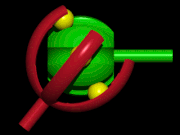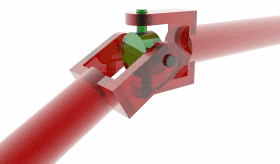Ron Earp
Admin
Educate me on some drive line components
Original GT40s use half shafts with U-joints and rubber donuts to couple to the transaxle, correct? And, is there a sliding component to this assembly, like a yoke that can slide into a splined section say half way down the half shaft?
What are the disadvantages of this system compared to a half shaft system using CV joints?
I assume the CV joint might be smoother in operation and use less space? Not sure on the space thing. However, the CV setup has to have a sliding component as well and I assume that is the splined section that can slide into and out of the CV joint.
What is the MTBF of a U joint versus a half shaft assuming both are within correct operating angles? Seems U joints pretty much can last forever properly greased (forget my Jensen race experience for a moment...) and tended to, while the CV joint will have to be rebuilt at some point?
Original GT40s use half shafts with U-joints and rubber donuts to couple to the transaxle, correct? And, is there a sliding component to this assembly, like a yoke that can slide into a splined section say half way down the half shaft?
What are the disadvantages of this system compared to a half shaft system using CV joints?
I assume the CV joint might be smoother in operation and use less space? Not sure on the space thing. However, the CV setup has to have a sliding component as well and I assume that is the splined section that can slide into and out of the CV joint.
What is the MTBF of a U joint versus a half shaft assuming both are within correct operating angles? Seems U joints pretty much can last forever properly greased (forget my Jensen race experience for a moment...) and tended to, while the CV joint will have to be rebuilt at some point?






